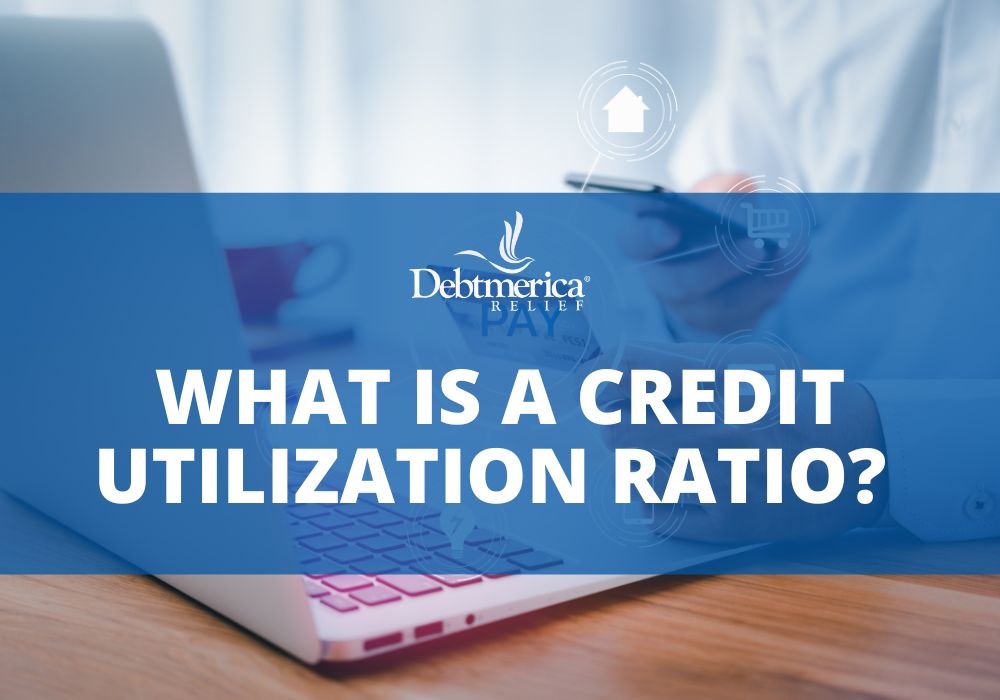What is a Credit Utilization Ratio?

Credit utilization ratios play a crucial role in shaping an individual’s credit score and overall financial health. Understanding and managing these ratios is essential for maintaining a positive credit profile and accessing favorable financial opportunities. In this article, we will delve into what credit utilization ratios are, why they matter, and how individuals can optimize them to enhance their financial well-being.
What is Credit Utilization?
Credit utilization refers to the percentage of your available revolving credit that you are currently using. Only revolving credit is considered when calculating your credit utilization ratio. These usually include credit cards, personal lines of credit, home equity lines of credit (HELOCs), and credit cards which you are listed as an authorized user for. It also includes any closed revolving accounts that have outstanding balances.
Credit utilization is a fundamental factor in calculating your credit score, which is a numerical representation of your creditworthiness. Credit scoring models, such as FICO and VantageScore, consider credit utilization as a key component when assessing an individual’s financial responsibility.
How is Credit Utilization Calculated?
Credit utilization is calculated by dividing the revolving credit account balances by the credit card limits and multiplying the result by 100 to get a percentage. Let’s look at an example. Let’s say you had the following revolving credit accounts:
- Credit Card A: $4,000 balance with $8,000 limit
- Credit Card B: $500 balance with $2,000 limit
- Home Equity Line of Credit A: $1,500 balance with $10,000 limit
First let’s calculate each account’s individual credit utilization ratio.
- Credit Card A: ($4,000 / $8,000) x 100 = 50%
- Credit Card B: ($500 / $2,000) x 100 = 25%
- Home Equity Line of Credit A: ($1,500 / $10,000) x 100 = 15%
Now let’s calculate your total credit utilization ratio:
($4,000 + $500 + $1,500) / ($8,000 + $2,000 + $10,000) x 100 = 30%
When looking at your credit utilization, lenders may look at your overall credit utilization ratio or each account’s individual credit utilization ratio. So, while having a total credit utilization ratio of 30% isn’t bad, having one individual utilization ratio of 50% may result in a denied credit application or less favorable terms.
Why Does Credit Utilization Matter?
Credit utilization isn’t just a percentage of the debt you are currently using. It has a major impact on how lenders view you as a potential borrower.
Impact on Credit Score
High credit utilization rates can negatively impact your credit score. Credit scoring models generally favor lower utilization rates, as they suggest responsible credit management and financial stability. Aim to keep your credit utilization below 30%, with lower percentages being even more favorable for your credit score.
Risk Assessment
Lenders and creditors use credit scores to assess the risk associated with extending credit to an individual. High credit utilization may signal financial strain, potentially making lenders hesitant to offer additional credit.
Interest Rates and Loan Approval
Your credit score influences the interest rates you are offered on loans and credit cards. A higher credit score resulting from a lower utilization rate may qualify you for more favorable interest rates. Some lenders may also consider credit utilization when deciding whether to approve a loan application.
How to Manage and Improve Credit Utilization
While the most obvious way to improve your credit utilization ratio is to pay down your debt, there are a few other things you can do to help.
- Regularly Monitor Your Credit: Stay informed about your credit utilization by regularly checking your credit reports. You are entitled to a free credit report from each of the major credit bureaus (Equifax, Experian, and TransUnion) annually.
- Increase Credit Limits: Requesting a higher credit limit can improve your credit utilization rate if you can avoid accumulating additional debt. However, be cautious about multiple credit limit increase requests, as they may lead to hard inquiries that can temporarily impact your credit score.
- Avoid Closing Old Credit Accounts: Closing old credit accounts can reduce your overall credit limit, potentially increasing your credit utilization rate. Keep older accounts open to maintain a longer credit history.
- Update Your Income with Lenders: Typically, when your income increases, your lenders will increase your credit limits. Some lenders may annually ask if your income has changed. Be proactive and let them know if you are earning more, or if your household income has changed.
- Open New Accounts: New accounts will mean additional wiggle room in your credit limits. However, be mindful about hard inquiries that can temporarily impact your credit score. You also do not want to be tempted to spend more with an additional credit account.
Debt Help for Those with High Credit Utilization Ratios
Mastering credit utilization rates is a key aspect of managing your overall financial health. By understanding the importance of maintaining a low credit utilization rate, individuals can take proactive steps to optimize their credit profiles, potentially unlocking better financial opportunities and enjoying the benefits of a positive credit history. Regularly monitoring your credit, paying balances on time, and strategically managing credit limits are essential practices that contribute to a strong and resilient financial foundation.
If you need help with debt, contact us for a free consultation.



